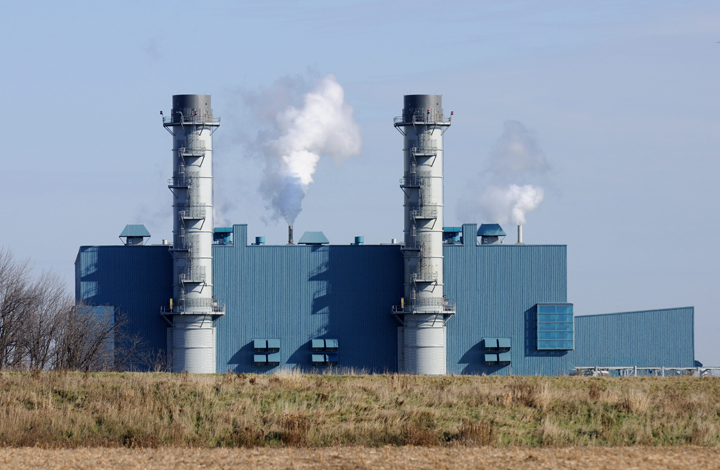TORONTO – Ontario’s energy conservation strategy is “lopsided,” the environmental commissioner said Tuesday, just days ahead of the release of the Liberal government’s climate change action plan.

Dianne Saxe said in a report that Ontario has invested heavily in conserving electricity, but it’s the smallest and cleanest of the province’s major energy sources.
Electricity consumption has fallen six per cent since 2007, and since the last coal-fired plant was closed in 2014 that power has been much cleaner, but electricity only accounts for 20 per cent of Ontario’s energy, she said.
READ MORE: Ontario Liberals won’t confirm published details of Climate Change Action Plan
Meanwhile, transportation fuel – primarily gasoline and diesel and natural gas, together make up about 73 per cent of Ontario’s energy use. Ontarians are investing less than 10 per cent on conserving natural gas than they are on electricity, she said.
“It is therefore no surprise that other than coal, our total use of fossil fuels has gone up since 2007,” she said. “We depend on fossil fuels for more than 80 per cent of our energy supply.”
Saxe also said if broader public service buildings were more energy efficient, Ontario could save $450 million and one megatonne of greenhouse gas emissions every year.
Among Saxe’s recommendations are that Ontario adopt formal targets for reducing fossil fuel consumption, redirect fossil fuel subsidies and set energy use intensity targets for all public buildings.
- Ontario hospital workers awarded 6% pay increase, new agreement on agency nurses
- S&P/TSX composite closes up nearly 100 points, U.S. stock markets mixed
- Pedestrian in life-threatening condition after being hit by vehicle in Mississauga
- Judge at trial of man accused of killing cop was concerned over Crown changing theory
READ MORE: Ontario Chamber of Commerce urges one-year delay on cap-and-trade plan
Saxe admitted many of the issues she raised in her report will likely be addressed by the government’s climate change action plan, which the premier has said will be made public by June 9.
A draft version of the plan reportedly said the government would spend $3.8 billion on grants, rebates and subsidies to retrofit buildings and move them off natural gas and onto geothermal, solar or other forms of energy. The plan would require that all new homes built in Ontario in 2030 or later be heated without the use of fossil fuels.
It also reportedly sets a target of having 12 per cent of all new vehicle sales be electric cars and trucks by 2025, or about 1.7 million vehicles.
READ MORE: 5 things to know about cap-and-trade legislation
But Saxe said it appears the government will miss a current target to have five per cent of all passenger vehicles in 2020 be electric. There are currently only about 5,800 electric vehicles in Ontario and represent less than one per cent of passenger vehicle sales.
“We have a very, very low level of electric penetration here right now,” she said. “We’re very late getting to the party in terms of trying to improve.”
But Ontario is in a good position to electrify transportation, Saxe said.
“If we’re serious about it we’ve got an opportunity to catch the wave now,” she said. “I think it would also be very helpful if the government were to lead the way. As I indicate in the report, the government promised to buy 500 electric vehicles and so far they’re at 70 – and 14 of those are essentially golf carts.”
The government did not consult Saxe while drafting its climate change action plan, she added.
A spokesman for Environment Minister Bob Chiarelli said Ontario will “remain focused on conserving power and reducing our demand.”



Comments